Hoya carnosa ‘Jade’
The Hoya carnosa ‘Jade’ is the first Hoya I’ve owned. Even though it’s one of the most common hoyas it’s still one of my favourites. I like it so much it’s what I based the design of my logo on. The growth pattern in particular is so beautiful. In my opinion everyone should have a this hoya in their house.
Such beautiful leaves! It’s developed some light speckling.
Here’s how I’ve been taking care of my Hoya carnosa ‘Jade’
Soil: I’ve been using a mix of regular potting mix with bark chips and perlite for drainage. Hoyas are prone to root rot so make sure the soil has good drainage!
Water: I only water my hoyas when the soil completely drys out. I check by poking my finger into the soil and by lifting the pot. If it feels light and the soil feels dry it’s time to be watered. When watering I make sure the water flows through the pot. I let it collect in the cover pot so the plant has time to soak up any water it needs. After about an hour, I empty out any excess water that is still in the cover pot. The leaves are very thick and succulent like which means water is able to be stored in them — this is also a sign that less water is needed.
Light: I have it in a south facing window about 3 feet away. It’s not directly in front of the window but gets some direct morning sunlight and bright indirect light the rest of the day.
Fertilizer: During spring and summer I use MARPHYL Organic Liquid Marine Phytoplankton Soil Enhancer at half strength (of what what the instructions says) monthly. I don’t feel that hoyas are heavy feeders — at least that’s what my research tells me.
Humidity: It seems completely fine in normal household humidity, though I’m sure it would appreciate a higher humidity (as most plants do!).
Hoya carnosa ‘Jade’ when I brought it home on April 2020.
From my experience it’s not the quickest grower but that would probably a different story if I kept it closer to the window. But looking back it’s put on more growth then I thought since April 2020 (it’s now January 2021).
